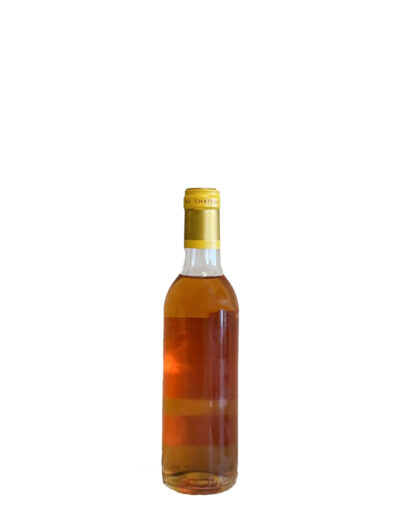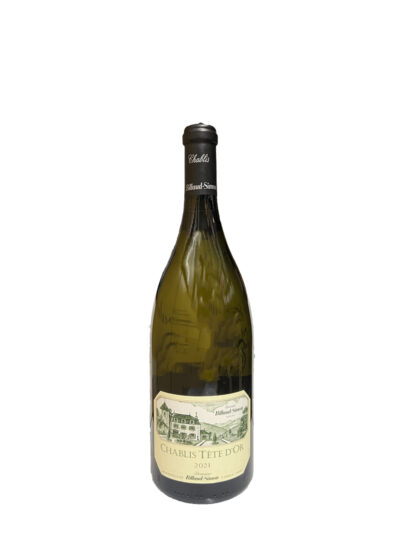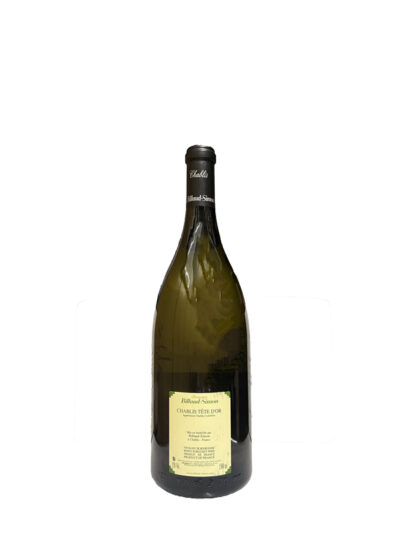Subtotal: CHF 285.00
Le Roux Vins News, Wine and Food
The Connoisseur’s Paradox: Why ‘Bad’ Vintages Are Often the Best Wines to Drink Right Now
The Connoisseur’s Paradox: Why ‘Bad’ Vintages Are Often the Best Wines to Drink Right Now
When you shop for wine, what do you look for? If you’re like most people, you glance at the “great” vintages. Guides, critics, and collective wine lore have taught us to hunt for the legendary years—those perfect seasons where sun and rain conspired to create “100-point” wines destined to age for decades.
But what if I told you that this strategy is causing you to miss out on some of the most interesting, affordable, and flat-out enjoyable wines on the shelf?
As a wine merchant, my job is to find value and quality, not just follow the crowd. And the truth is this: so-called “bad” or “difficult” vintages are often a goldmine for the smart wine drinker. Here is why you should be actively seeking out these underrated years.
1. Difficult Vintages Reveal True Talent
There’s a saying in the wine world: “Anyone can make good wine in a great vintage.”
A “perfect” vintage (think Bordeaux 2009 or 2010) means ideal weather. The grapes ripen effortlessly, almost on their own. The winemaker’s job is easy. But what about a year that was cold, wet, or marked by hail and scorching heat?
This is where the winemaker comes in.
In a difficult vintage, the producer must make crucial decisions. They must spend countless extra hours in the vineyard, aggressively thinning leaves to expose bunches to the sun, and meticulously sorting the grapes (often by hand, berry by berry) to keep only the best. It’s back-breaking, expensive work.
Great producers—the names you respect—will never risk their reputation on a mediocre wine. They will do whatever it takes to create something beautiful. In fact, many winemakers are prouder of their difficult-vintage wines than their easy ones. It was a test of their skill, and they passed.
When you buy a difficult-vintage wine from a top producer, you aren’t buying a “bad weather” wine; you are buying a wine made by a master artisan at the peak of their craft.
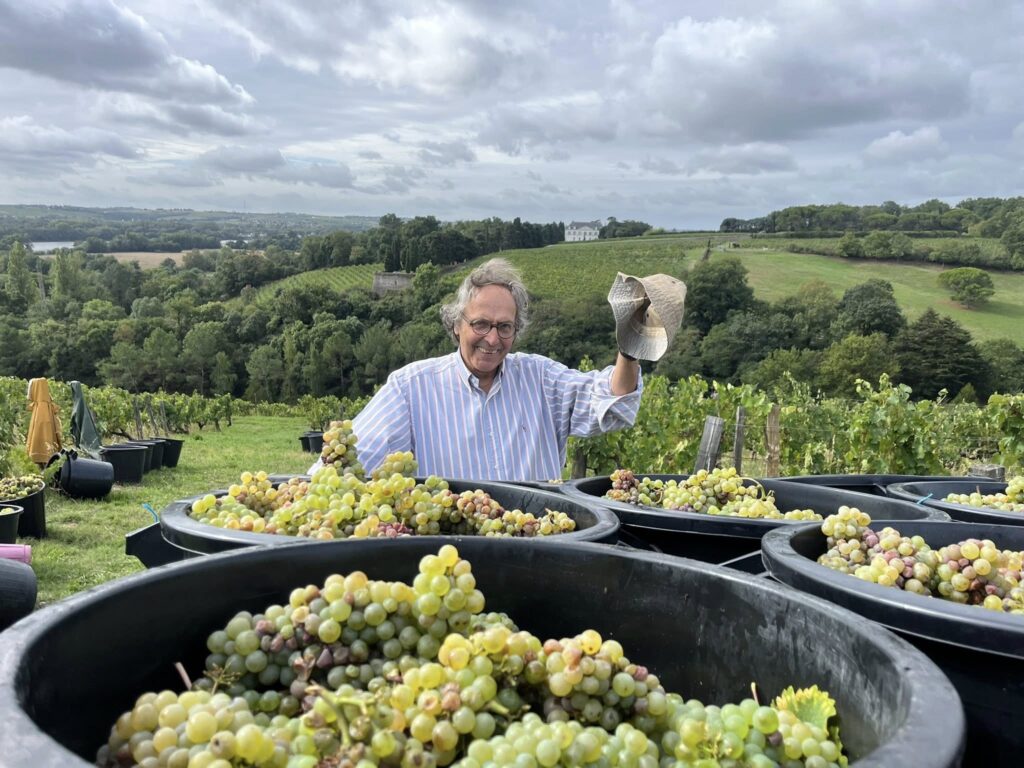
2. The Best-Kept Secret: “Declassification”
This is perhaps the most compelling argument. Let’s say a prestigious Brunello di Montalcino estate faces a tough 2022 vintage. The grapes are good, but perhaps not powerful enough to merit their €150 “Riserva” label.
What do they do? They don’t throw it away. And they certainly won’t bottle it under their main label and damage their reputation.
They will declassify it.
That Brunello juice, grown on elite terroir and vinified by a world-class team, will be bottled under their €30 “Rosso di Montalcino” label.
This is the ultimate secret. In difficult vintages, you can drink Grand Cru juice at a village-level price. You get the DNA, the terroir, and the winemaking know-how of an elite wine for a fraction of the cost. Your wallet simply cannot find a better deal.
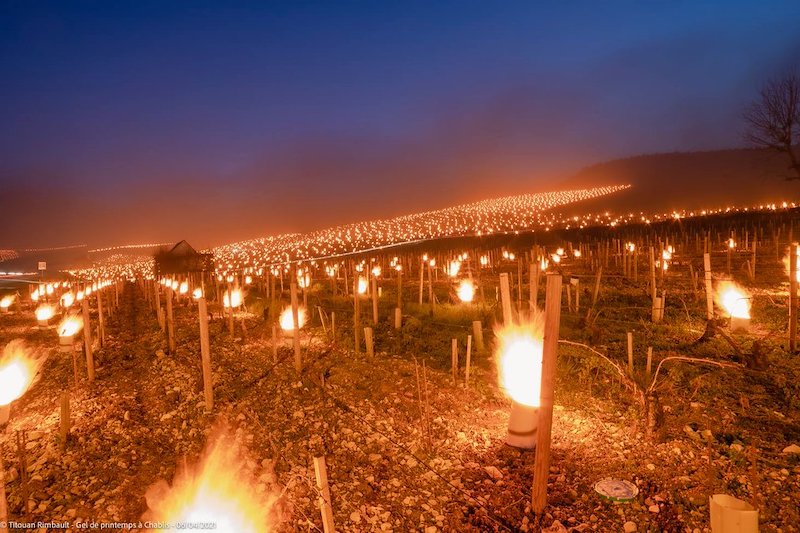
3. They Are Ready to Drink Now
“Great” vintages are famous for one reason: structure. They are packed with powerful tannins and high acidity. This is fantastic if you have a cellar and the patience to wait 15, 20, or even 30 years for them to soften.
But let’s be honest. Most of us are buying a bottle to drink this week, if not tonight.
Opening a great vintage too soon is a mistake. It’s like talking to someone who isn’t ready to listen—the wine is closed, austere, and tannic.
Lighter, “difficult” vintages, on the other hand, are your best friend. Because they don’t have that massive structure, they are softer, more approachable, and deliciously drinkable right out of the gate. The tannins are gentler, the fruit more open.
They offer immediate pleasure. You don’t need a cellar; you just need a corkscrew.
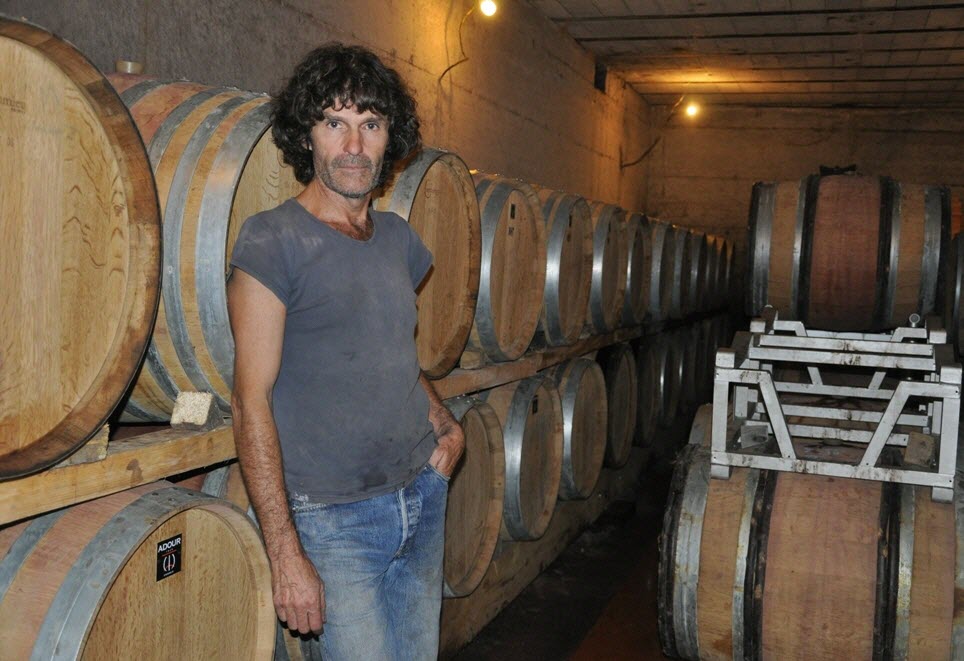
4. They Are Often Better with Food
Wines from “perfect,” hot vintages can often be overwhelming. They are rich, dense, and carry high alcohol levels (sometimes 15% or more). They are “fruit bombs” that dominate a meal.
Wines from cooler, more challenging vintages are the opposite. They are naturally lower in alcohol, higher in acidity, and lean more towards elegance and finesse than raw power.
Guess what? That is the very definition of a classic food-friendly wine.
These wines don’t shout for attention. They complement your dish. The bright acidity cuts through rich meats, cleanses the palate, and makes you want another bite. They are wines that belong at a dinner table, not just on a tasting scoresheet.
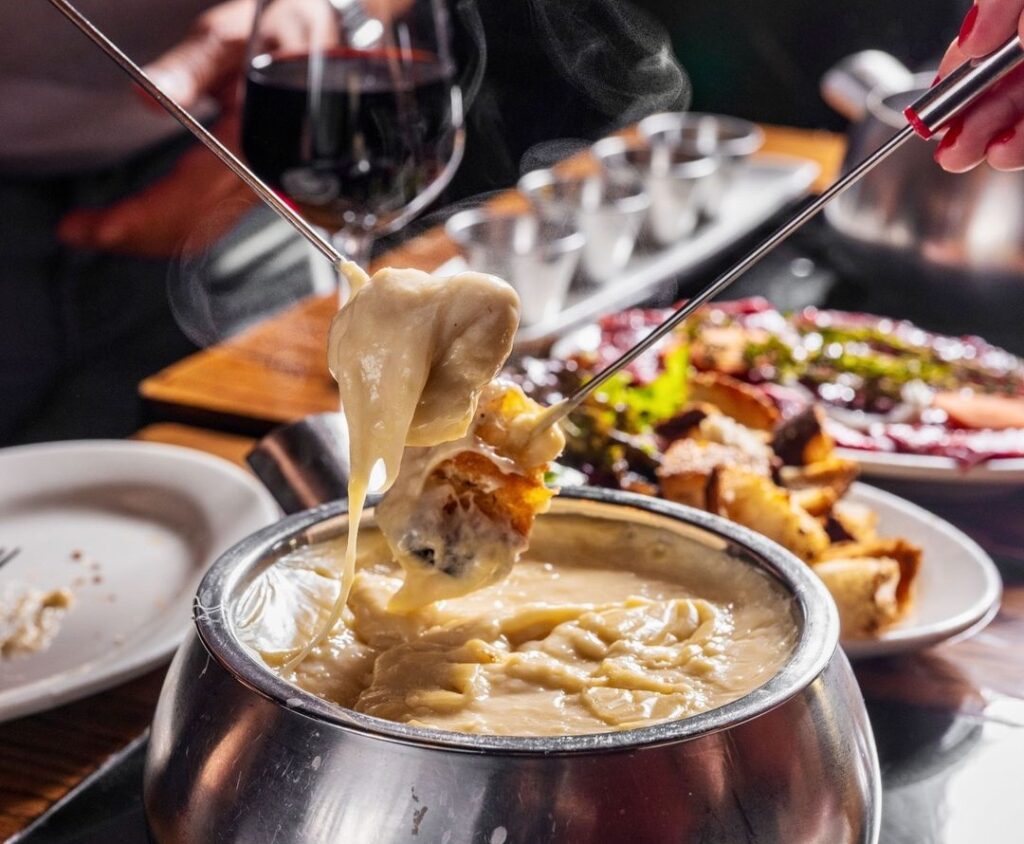
Real-World Examples from Our Cellar
Let’s look at two bottles that perfectly illustrate this paradox.
Case #1: The Frost Vintage – Billaud-Simon Chablis Tête d’Or 2021
Do you remember 2021 in Burgundy? It was a nightmare year for winemakers. A devastating spring frost wiped out a huge portion of the crop before it even began. What survived then faced a cool, damp summer—a constant fight against mildew. Many gave up or produced dilute wines.
But the best, like Domaine Billaud-Simon, doubled down. The result? A miniscule production, yes, but a wine of extraordinary purity and tension. This 2021 Tête d’Or is the antithesis of a sunny, rich vintage. It is classic, chiselled, mineral-driven Chablis with a vibrant acidity that makes it exceptional at the table (Point #4). It is a pure product of winemaker talent (Point #1).
Case #2: Genius in Difficulty – Château d’Yquem 1987
1987 in Bordeaux (and Sauternes) is not a year people sing praises about. It was a cool, difficult vintage. The noble rot (botrytis) essential for Sauternes did not develop easily or evenly. Production was low.
This is where the genius of Yquem comes in. While many producers struggled, Yquem deployed its secret weapon: near-limitless resources and obsessive sorting. Rather than relying solely on modern tech like cryoextraction (freezing) to concentrate the juice, Yquem activated its human genius. Their teams performed “tries successives” (successive pickings), passing through the vineyards not once, but multiple times over weeks, to hand-pick only the few individual berries that had reached perfect botrytised maturity. Most estates simply cannot afford this level of labour. It was this superhuman human effort that created a great wine (Point #1), which today, is perfectly mature and ready to drink (Point #3).
Conclusion: Drink the Winemaker, Not the Vintage
The next time you’re looking at a wine shelf, don’t run from the years that critics called “subpar.” Instead, ask yourself these questions:
- Who made it? Trust the great producers. This is their moment to shine.
- When am I drinking it? If the answer is “soon,” the lighter vintage is almost always the better choice.
- Is it a value play? Look for the second wines or “lesser” labels from famous estates. You might be holding a €100 wine in a €30 bottle.
Don’t let a vintage chart dictate what you drink. Difficult vintages offer value, immediate pleasure, and a chance to taste a winemaker’s true skill. They aren’t “bad” wines; they are wines with a story, and they are ready to be enjoyed right now.
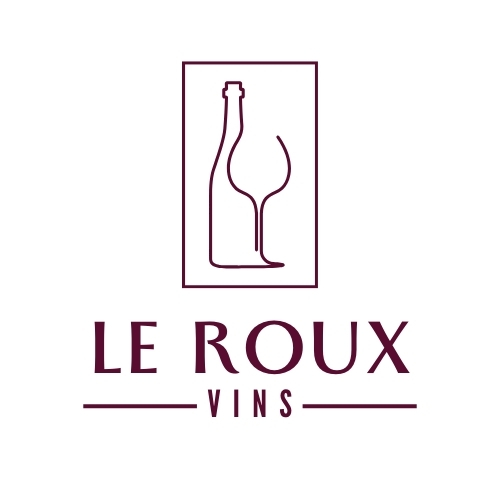
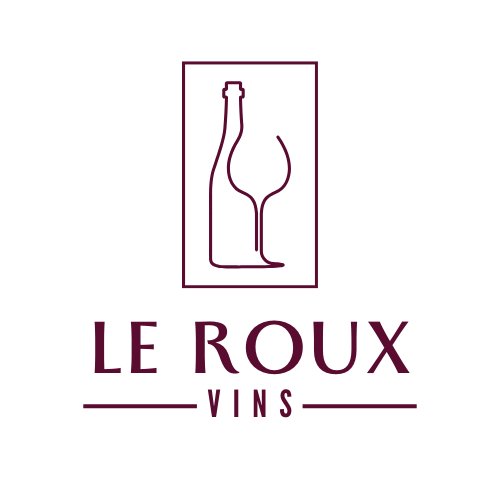
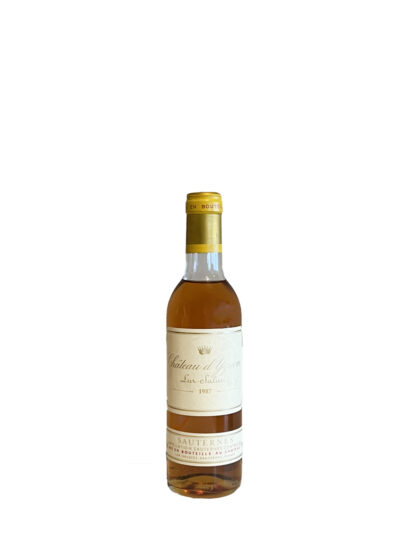 Château d' Yquem 1987, 0.375L, 1er Cru Classé Supérieur, Sauternes, France
Château d' Yquem 1987, 0.375L, 1er Cru Classé Supérieur, Sauternes, France 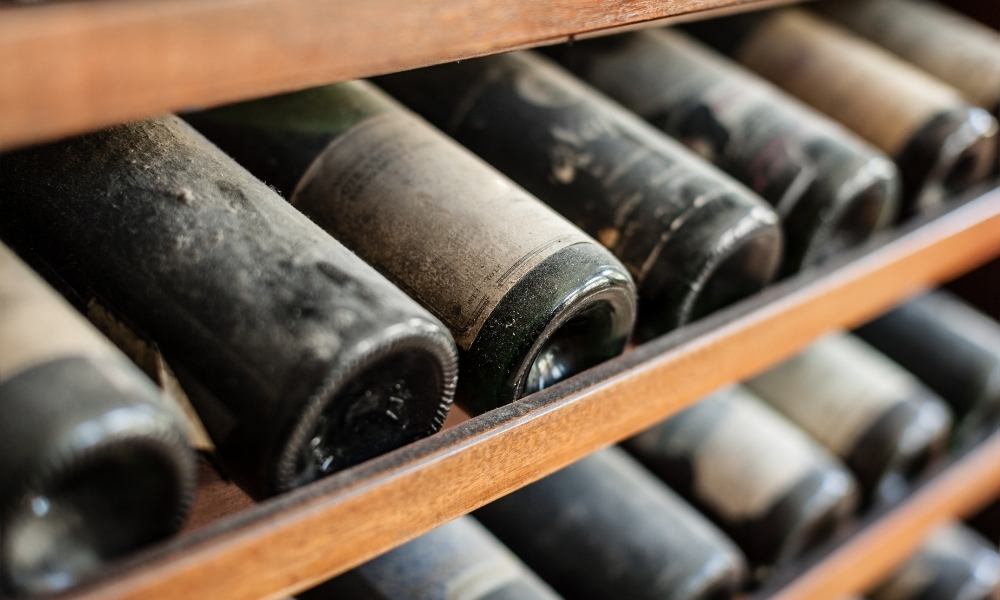
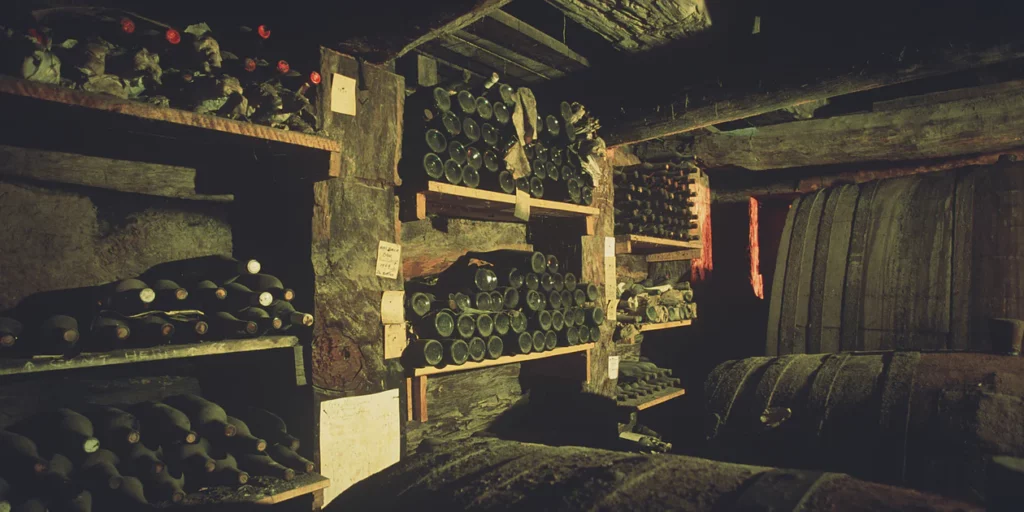




 Deutsch
Deutsch Français
Français